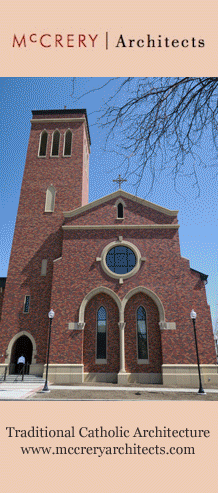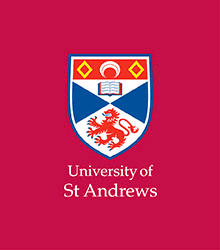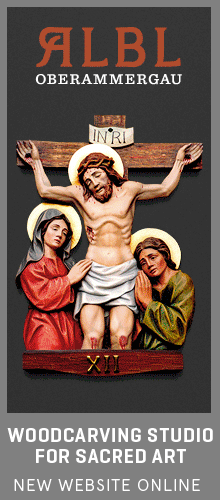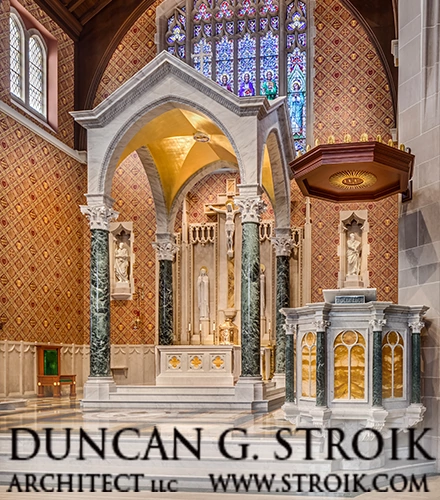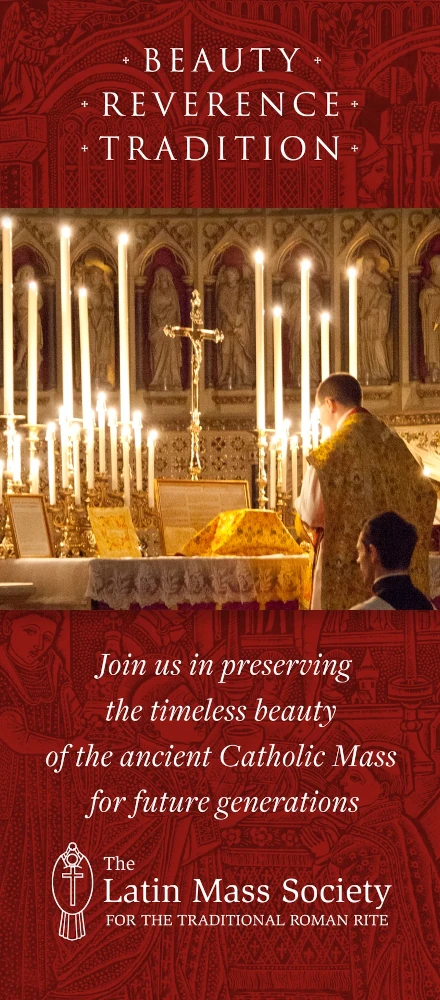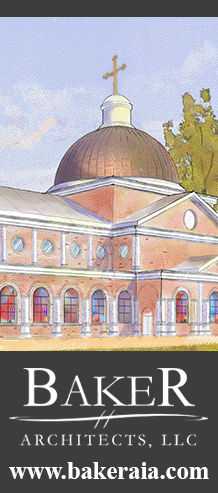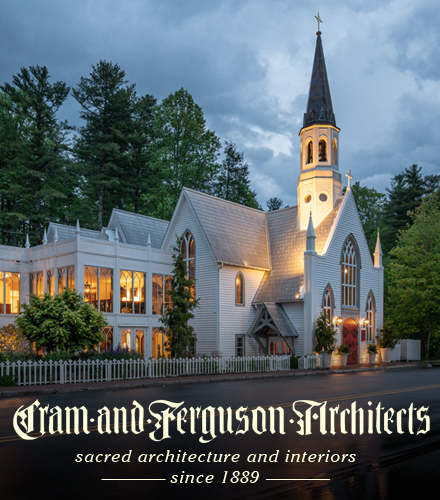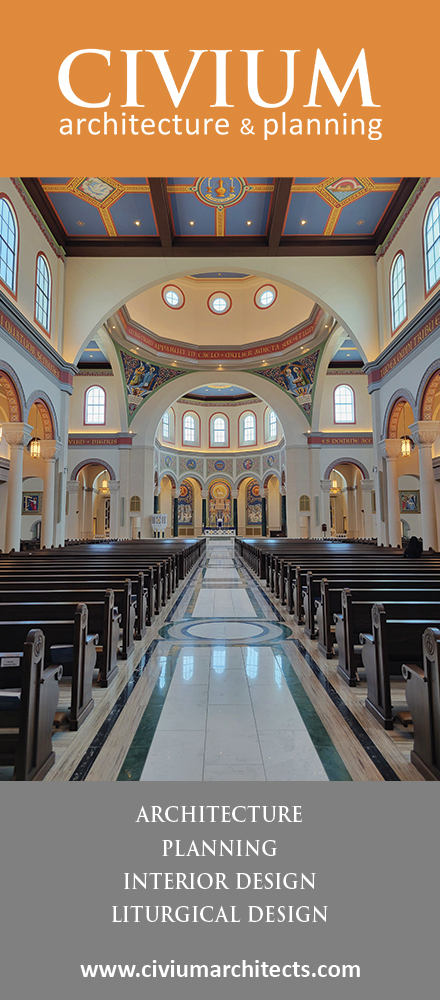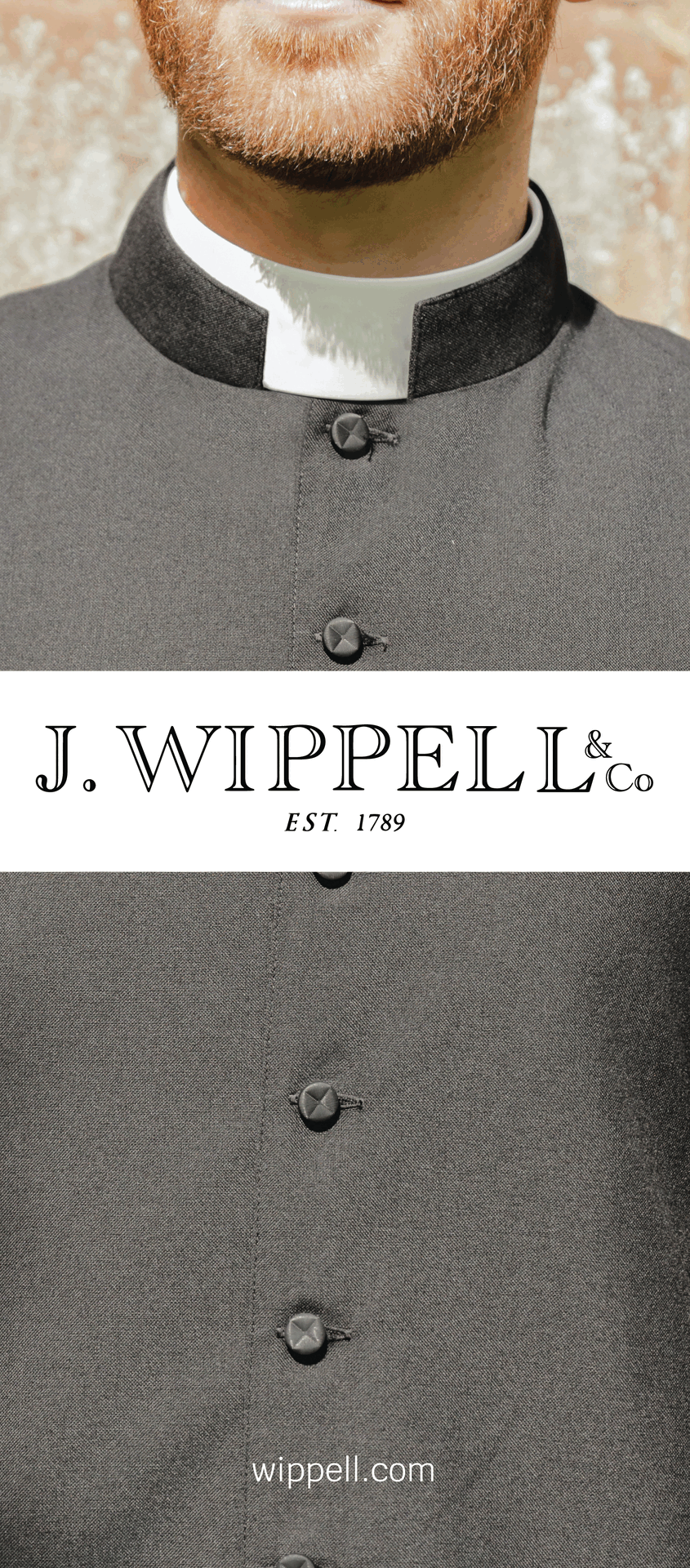
This clip is from the Magnificat of the Solemn Vespers on Tuesday. It's a terrible video, taken with my digital camera, because it was extremely dark in Merton chapel, which was lit mainly by candles. It looked lovely, although I'd have preferred to follow Vespers with a booklet using 
This schola is superb. Their singing at Pontifical High Mass today was quite wonderful. It is a great joy to hear chants which I know well, and have sung myself, sung to these standards.
Also singing today at Pontifical Mass was a polyphonic group directed by a local organist and school teacher, Andrew Knowles. They were really superb; their Kyrie (a Vittoria piece) took my breath away.
Bishop Slattery preached a sermon of great wit 
I note that I'm not the only one to have had 
Chadwick); Bishop Slattery and Bishop Rifan processing out of Mass; and of Merton bar full of priests (on Tuesday evening), which I thought  was amusing.
was amusing.
The Conference has been a great success. As well as the splendid public liturgies, the priests attending have been put in touch not only with their liturgical heritage but also with like-minded priests from all over the country. Everyone seems to be leaving with a great sense of conviction about the value of the Traditional Mass, and a great sense of optimism. The Latin Mass Society hopes to repeat the Conference next year, and in future years, to build on these exciting foundations.

Thursday, August 30, 2007
'Faux bourdon' chant and Pontifical High Mass at the Oxford conference
Joseph ShawMore recent articles:
Holy Saturday 2025Gregory DiPippo
The Harrowing of Hell, by Duccio di Buoninsenga, 1308-11 R. Recessit pastor noster, fons aquae vivae, ad cujus transitum sol obscuratus est; * nam et ille captus est, qui captivum tenebat primum hominem: hodie portas mortis et seras pariter Salvator noster disrupit. V. Destruxit quidem claustra inferni, et subvertit potentias diaboli. Nam et ill...
Good Friday 2025Gregory DiPippo
The table of the Epitaphios at the end of Vespers today at St Anthony the Abbot, the Russian Greek-Catholic church in Rome.For how shall we be able to know, I and thy people, that we have found grace in thy sight, unless thou walk with us, that we may be glorified by all people that dwell upon the earth? And the Lord said to Moses: This word also, ...
Desacralizing LentMichael P. Foley
Christ in the Desert, 1898, by Breton RivièreI have been enjoying Peter Kwasniewski’s new book Close the Workshop, which argues that the old rite did not need to be fixed and that the new rite cannot be fixed. To support his argument, Kwasniewski begins with an analysis of the Second Vatican Council’s Constitution on the Liturgy, Sacrosanctum Conci...
Holy Thursday 2025Gregory DiPippo
Thou, o Lord, didst command us to be partakers of Thy Son, sharers of Thy kingdom, dwellers in Paradise, companions of the Angels; ever provided we keep the sacraments of the heavenly host with pure and undefiled faith. And what may we not hope of Thy mercy, we who received so great a gift, that we might merit to offer Thee such a Victim, namely, t...
The Chrism Mass: Tradition, Reform and Change (Part 2) - Guest Article by Abbé Jean-Pierre HermanGregory DiPippo
This is the second part of an article by Fr Jean-Pierre Herman on the blessing of oils, which is traditionally celebrated at the Mass of the Lord’s Supper, and the recent reforms thereof; the first part was published on Tuesday. The French original was published on Sunday on the website of the Schola Sainte-Cécile as a single article. Fr Herma...
Spy Wednesday 2025Gregory DiPippo
It is worthy and just that we should always give Thee thanks, Lord, holy Father, eternal and almighty God, through Jesus Christ, Thy Son, our Lord, Who willed to suffer for the impious, and be unjustly condemned for the wicked; Who forgave the praying thief his crime, promising him Paradise by His most agreeable will, Whose death wiped away our cri...
The Chrism Mass: Tradition, Reform and Change (Part 1) - Guest Article by Abbé Jean-Pierre HermanGregory DiPippo
We are very grateful to Fr Jean-Pierre Herman for sharing with us this important article about the Chrism Mass and its recent reforms. The French original was published two days ago on the website of the Schola Sainte-Cécile as a single article; it will be published here in two parts. Fr Herman is professor of liturgy at the Good Shepherd Institute...
The 2nd Adeodatus Conference on Catholic Education, June 18-21 at Belmont Abbey CollegeDavid Clayton
Find out more and register here.This four-day gathering brings together educators, scholars, and Catholic thought leaders to explore the integral formation of students and teachers in mind, body, and spirit. Each day will focus on a distinct theme, beginning with Sound Bodies & Keen Minds, addressing topics like memory, mimesis, and freedom fro...
Guest Review of Mons. Stefan Heid’s Altar and Church: Principles of Liturgy from Early ChristianityGregory DiPippo
We are grateful to Dr Michael Coughlin, Professor of Theology at Saint John’s Seminary in Boston, for sharing with NLM this review of Monsignor Stefan Heid’s book Altar and Church: Principles of Liturgy from Early Christianity. Mons. Heid is a priest of the archdiocese of Cologne, Germany; he has taught liturgy and hagiography at the Pontific...
A Liturgical Oddity of Holy MondayGregory DiPippo
In the Missal of St Pius V, there is a very small number of days on which two Scriptural lessons are read before the Gospel: the Wednesdays of the Embertides, of the fourth week of Lent and Holy Week, and Good Friday. As I have described elsewhere, these readings are actually part of a block which is inserted into the Mass between the Kyrie and the...


